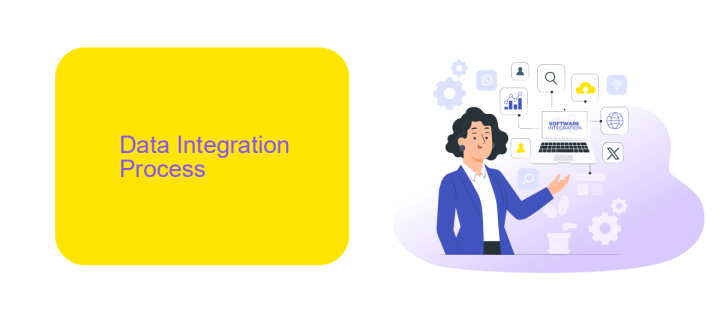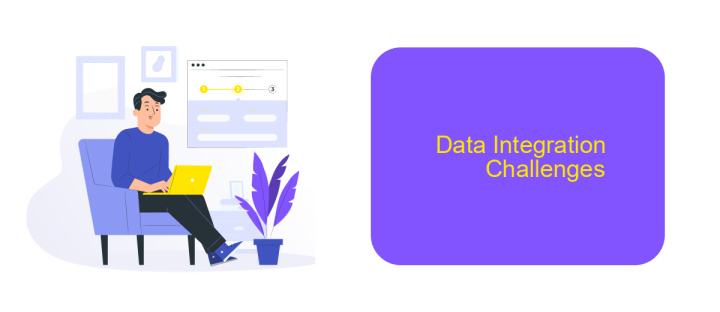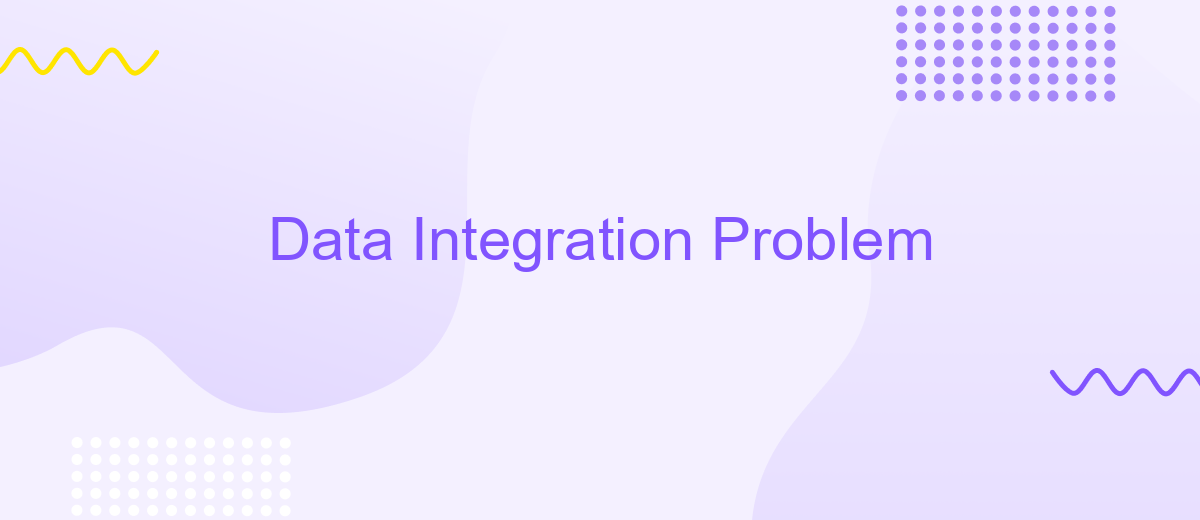Data Integration Problem
Data integration is a critical challenge in the modern digital landscape, where organizations collect vast amounts of data from diverse sources. The problem lies in seamlessly combining this disparate data to provide a unified view, enabling more informed decision-making and operational efficiency. This article delves into the complexities of data integration, exploring key issues, methodologies, and solutions to address this ever-evolving problem.
Data Integration Architecture
Data integration architecture is a critical component in modern data management, enabling seamless data flow between disparate systems. A robust architecture ensures data consistency, accuracy, and accessibility, which are essential for informed decision-making and operational efficiency.
- Data Sources: Identifying and connecting various data sources such as databases, APIs, and flat files.
- ETL Processes: Extracting, transforming, and loading data to ensure it is in the correct format and structure.
- Data Storage: Centralized repositories like data warehouses or data lakes for storing integrated data.
- Data Integration Tools: Utilizing tools like ApiX-Drive to automate and streamline the integration process.
- Data Governance: Implementing policies and procedures to ensure data quality and compliance.
By leveraging services like ApiX-Drive, organizations can simplify the integration process, reducing manual effort and minimizing errors. This service supports a wide range of applications and platforms, making it easier to synchronize data across various systems. Ultimately, a well-designed data integration architecture enhances data accessibility and usability, driving better business outcomes.
Data Integration Process

The data integration process involves combining data from different sources into a unified view to provide meaningful insights. This process typically starts with data extraction, where relevant data is collected from various databases, APIs, and other sources. Next, the data undergoes transformation to ensure consistency and compatibility. This step may involve cleaning, normalizing, and enriching the data. Once the data is transformed, it is loaded into a centralized repository, such as a data warehouse or a data lake, where it can be accessed and analyzed by various tools and applications.
Effective data integration often requires the use of specialized tools and services. For instance, ApiX-Drive is a versatile platform that simplifies the integration process by offering pre-built connectors for numerous applications and databases. It allows users to automate data flows without needing extensive technical skills, thereby reducing the time and effort required for integration. By leveraging such tools, organizations can ensure seamless data integration, improving their ability to make data-driven decisions and optimize operations.
Data Integration Tools

Data integration tools are essential for consolidating data from disparate sources into a unified view, enabling better decision-making and operational efficiency. These tools help in extracting, transforming, and loading (ETL) data, ensuring consistency and accuracy across various platforms.
- ApiX-Drive: A versatile tool that automates data integration between multiple services and applications, reducing manual effort and errors.
- Informatica: A robust platform offering comprehensive data integration solutions, including data quality and master data management.
- Talend: An open-source tool that supports a wide range of data integration needs, from ETL processes to big data integration.
- Microsoft SQL Server Integration Services (SSIS): A powerful tool for data migration and transformation within the Microsoft ecosystem.
- Zapier: A user-friendly tool that connects apps and automates workflows without requiring extensive technical knowledge.
Choosing the right data integration tool depends on your specific needs, such as the complexity of data sources, scalability, and ease of use. Tools like ApiX-Drive offer seamless integration capabilities, making it easier to synchronize data across various platforms, thereby enhancing productivity and data reliability.
Data Integration Challenges

Data integration can be a complex and challenging process due to the heterogeneity of data sources and formats. Organizations often face difficulties in ensuring seamless communication between disparate systems, which can lead to data inconsistencies and loss of valuable insights.
One significant challenge is the varying data formats and standards used by different systems. This requires robust transformation and normalization processes to ensure data compatibility. Additionally, data security and privacy concerns must be addressed, especially when integrating sensitive information from multiple sources.
- Data format and standard discrepancies
- Data security and privacy issues
- Scalability and performance bottlenecks
- Real-time data synchronization
- Managing data quality and consistency
To tackle these challenges, tools like ApiX-Drive can be instrumental. ApiX-Drive offers a user-friendly platform for setting up and managing data integrations without requiring extensive technical expertise. By automating data flows and ensuring real-time synchronization, it helps organizations overcome common data integration hurdles efficiently.


Data Integration Best Practices
Effective data integration is crucial for businesses looking to streamline operations and make informed decisions. One best practice is to ensure data consistency by standardizing data formats and using robust data validation techniques. This helps in avoiding discrepancies and errors during data transfer. Additionally, it is essential to employ automated tools for data integration, as they can handle large volumes of data efficiently and reduce manual errors. Regular monitoring and auditing of data flows also help in maintaining data integrity and identifying potential issues early.
Another key practice is to leverage integration platforms like ApiX-Drive, which offer seamless connectivity between various applications and services. ApiX-Drive allows for easy configuration and management of data flows without requiring extensive coding skills. It supports a wide array of integrations, ensuring that data from different sources can be unified effortlessly. Furthermore, keeping security in mind, always use encryption and secure channels for data transfer to protect sensitive information. By following these best practices, businesses can achieve a more reliable and efficient data integration process.
FAQ
What is Data Integration?
Why is Data Integration important?
What are common challenges in Data Integration?
How can I automate Data Integration processes?
What should I consider when choosing a Data Integration tool?
Apix-Drive is a universal tool that will quickly streamline any workflow, freeing you from routine and possible financial losses. Try ApiX-Drive in action and see how useful it is for you personally. In the meantime, when you are setting up connections between systems, think about where you are investing your free time, because now you will have much more of it.

